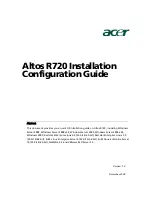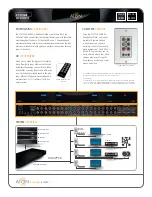
Chengdu Ebyte Electronic Technology Co., Ltd.
NE2-D11/NE2-D12 User Manual
Copyright © 2012-2024,
Chengdu Ebyte Electronic Technology Co., Ltd.
19
device at a high frequency and TCP Server cannot meet the conditions.
Using UDP Server requires the remote UDP device to send data first, otherwise the data cannot
be sent normally.
[Note] In UDP mode, the data sent by the network to the device should be less than 1024 bytes per
packet, and will be lost if the data exceeds it.
4.2.4 UDP Client Mode
UDP Client is a connection less transport protocol, which provides simple transaction-oriented
unreliable information transfer service. There is no connection establishment and disconnection, and
only the destination IP and destination port need to be configured to send data to each other. It is
usually used in data transmission scenarios where there is no requirement for packet loss rate, data
packets are small and sent quickly, and data is transmitted to a specified IP.
In UDP Client mode, the device only communicates with the configured remote UDP device
(Destination IP and Destination Port).
In this mode, the destination address is set to 255.255. 255.255, and the transmitted data will be
broadcast in the whole network segment, but the transceiver equipment needs to ensure that the ports
are consistent, and the equipment can also receive the broadcast data.
Note: In UDP mode, the packet length of a single packet cannot exceed 1024 bytes.
4.2.5 HTTP Client Mode
This mode can realize the function of HTTP packet grouping, and provides two modes: GET
and POST. Customers can configure URL, Header and other parameters by themselves, and the
device (serial server) can send packets, so as to realize the rapid communication between serial
device and HTTP server. Using HTTP client mode, it is suggested to use random port and open short
connection to save HTTP server resources.
1. GET
Test the device HTTP-GET request using the HTTP mode of OneNET multi-protocol access, as
shown in the following figure.
(1) Return data configuration with packet header:
















































